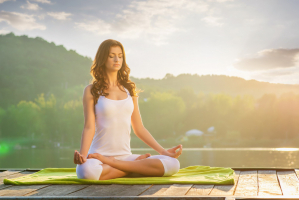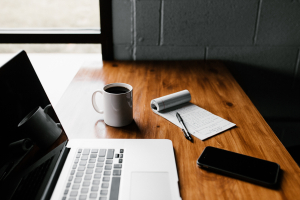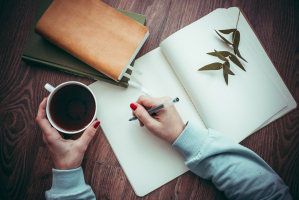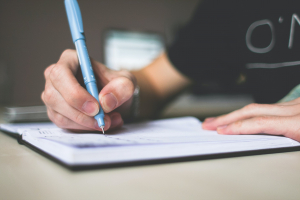Top 9 Best Tips for Yoga Beginners
Many people practice yoga every day to improve both their physical and mental health. But if you do not know exactly how to introduce yoga into your day-to-day ... read more...life, here are the best tips for yoga beginners to get started.
-
Finding a good teacher is one of the best tips for yoga beginners. While you're practicing, an experienced yoga instructor can offer a lot of advice and encouragement. During class, a certified yoga teacher can answer your questions and provide specific instructions and hands-on corrections to help you achieve the proper posture for each position.
A good yoga teacher not only teaches their practice but also guides students through their own. To find a good teacher, you can consider some qualities. First, they should be engaging. A superb teacher recognizes and values their role in creating relationships with students and the yoga community as a guide through their students' practice. Great teachers connect with their pupils not only in class but also with one another and with something deeper within themselves. They are also able to read and relate to students’ emotions, teaching in a personal and flexible manner.
Secondly, a good yoga teacher can possess an expressive quality. Teachers who care about their pupils urge them to express themselves. They equip students with the foundations and encourage students to figure out what works best for them. Thirdly, a great yoga teacher should have years of expertise in their own practice as well as in educating others. Their background allows them to teach a variety of classes with ease and confidence. This also gives teachers the flexibility and adaptability to include new things into their classes or adjust plans on the fly to better cater to their students' needs and skills.
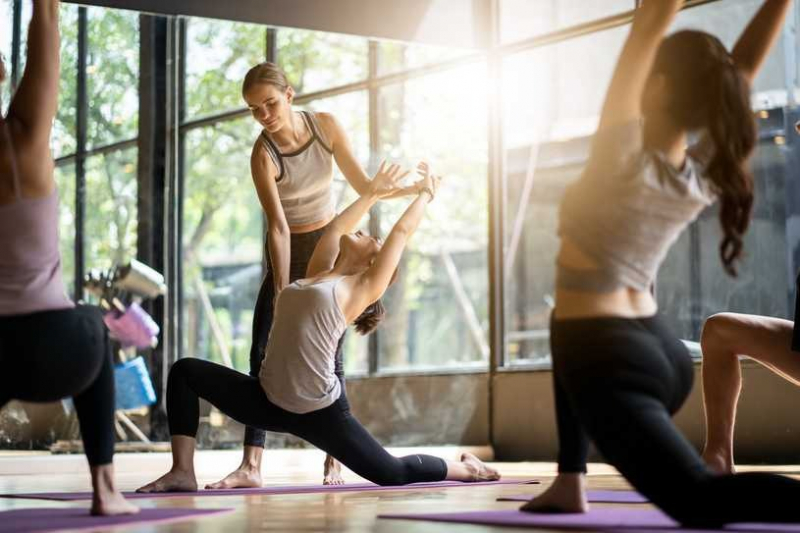
Photo: Simply Business 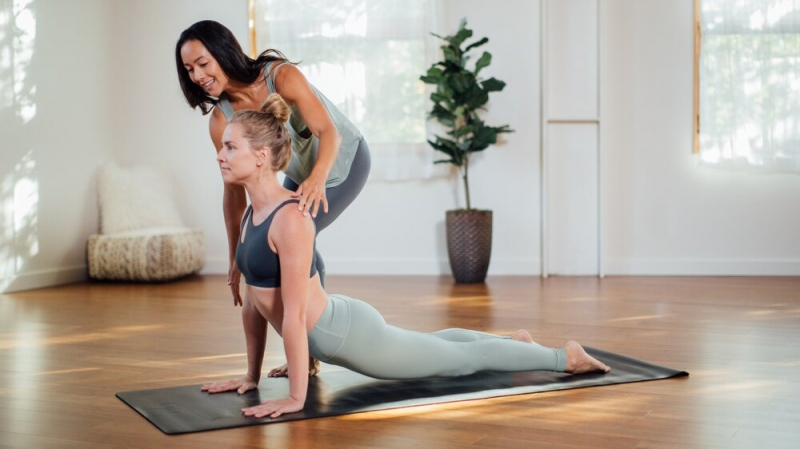
Photo: Alo Moves Blog -
At first, you can find some poses complicated or hard to perform. Therefore, you should spend some time getting used to the postures you'll be doing, such as Mountain pose, Child pose, Warrior 1, Sun Salutations, and so on. You'll feel more confident and prepared to participate in your class if you practice a few of these introductory positions. Learning some poses in advance also helps you keep up with the lessons and quickly move to more complicated postures.
For example, beginners should do mountain poses first because it is the foundation for all standing postures, enhancing posture, groundedness, stability, and confidence. Meanwhile, the child pose relaxes the body, mind, and spirit while also stimulating the third eye. The low back is softly stretched, the abdominal organs are massaged and toned, and digestion and excretion are stimulated.
In addition, the warrior I is a leg-strengthening, hip-opening, chest-opening, and arm-and-leg-stretching exercise. Concentration, balance, and grounding are all developed in Warrior I. This stance energizes the entire body and enhances circulation and respiration. Sun Salutations, which are often regarded as the foundation of hatha yoga practice, are usually performed at sunrise to warm and revitalize the body. These are some poses beginners should learn in advance to make great steps in practicing yoga.
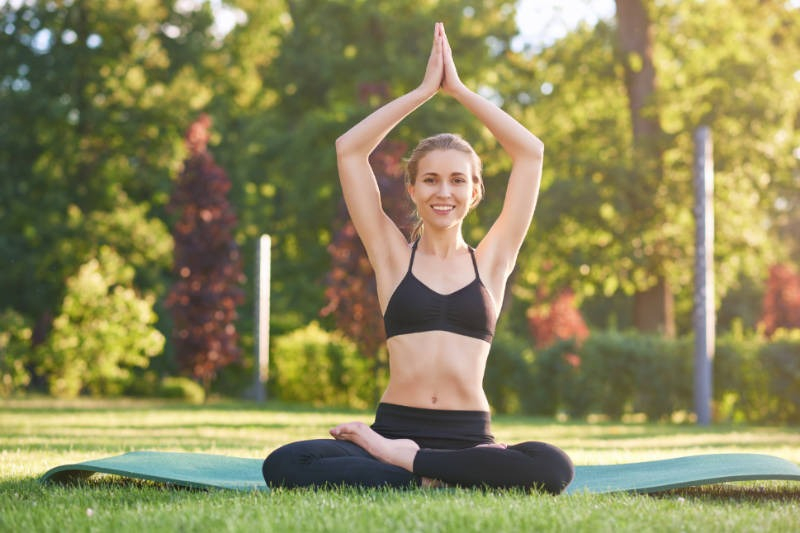
Photo: Z Living Source: Stylecraze Yoga -
Wearing comfortable clothing is one of the most popular and best tips for yoga beginners. Appropriate clothes may make all the difference in yoga class. Choose a supporting shirt and yoga trousers that are composed of breathable materials and have moisture-wicking properties. You also should invest in thermal athletic gear that you can layer to stay comfortable in cooler temperatures.
Your choice to wear comfortable clothing can be determined by personal preference and the type of yoga you intend to practice. However, you should choose clothes made of polyester-nylon-spandex blends. This is because these textiles provide the ideal combination of comfort, breathability, and flexibility. Consider executing a few yoga poses in the dressing room or at home to test out the garment's flexibility and comfort. Downward facing dog and high crescent lunge are some of the best examples.
For yoga leggings/pants, look for yoga trousers or leggings (all terms are interchangeable) that provide a good balance of breathability, flexibility, and comfort. Pants made of a nylon-polyester-spandex blend are a fantastic choice because they move with you through postures while also wicking perspiration. About yoga tops, most yogis like to wear form-fitting T-shirts or tank tops that fit snugly around the hips and waist, regardless of style. During forward bending positions, the shirt's small fit stops it from going over your head. For sweaty classes, shirts with breathable, moisture-wicking materials and supple seams are also a good choice.
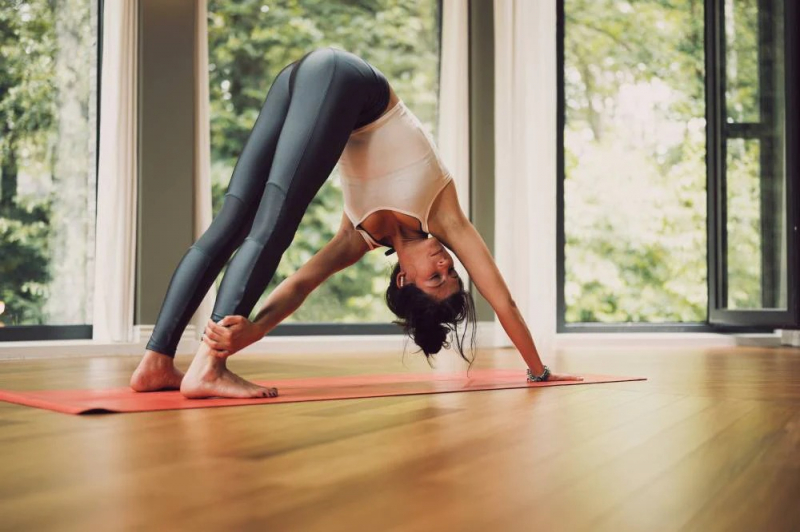
Photo: Panaprium 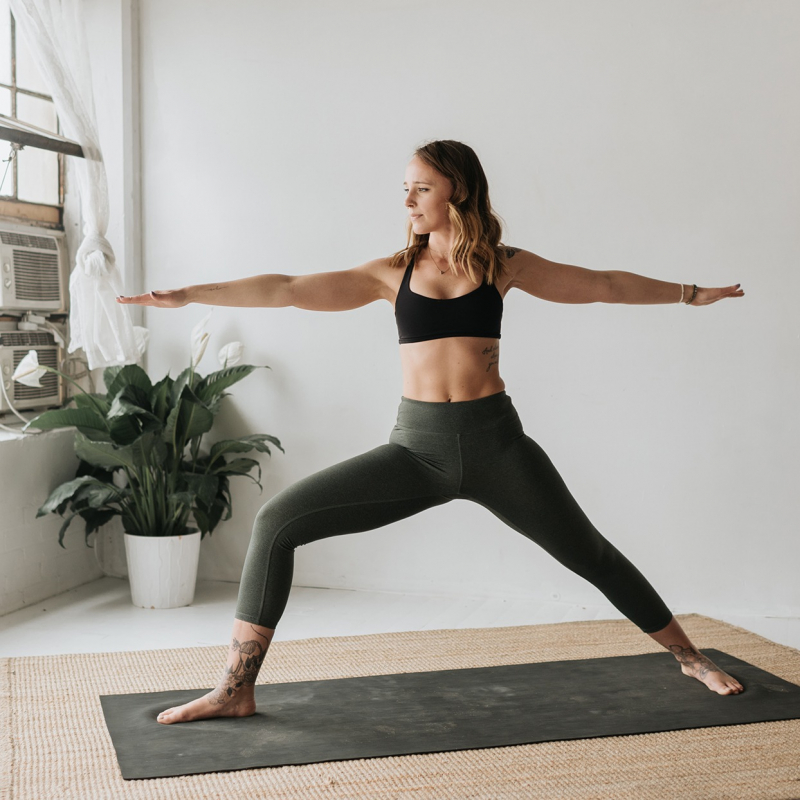
Photo: Shape Magazine -
Using a clean non-slip mat helps you perform yoga poses without worrying about falling out of postures. It also protects your joints, particularly the wrists and knees. Also, do not forget clean your mat regularly to prevent unpleasant smells and attracting dust and maintain its traction and prevent unpleasant smells.
When choosing a yoga mat, consider the type of surface you'll be practicing on, how you'll store and transport it, whether you prefer natural materials, and how much support and grip you'll need. You can use a thin yoga mat, a medium thickness mat, or a thick yoga mat, depending on your needs. A yoga mat's normal thickness is around 1/8 inch. However, it all depends on the style of yoga you do.
The thicker, more comfortable yoga mats, starting at 1/4 inch, are excellent for aching joints, but they are heavier and more difficult to balance on. Thinner mats might help you to feel more balanced and grounded. Thin mats are also preferable for more aggressive vinyasa or flow techniques because they don't clump up as much. A thinner, more flexible yoga mat is usually more pleasant for new yogis, while seasoned yogis may appreciate the added padding that a thicker, extra-thick yoga mat provides.
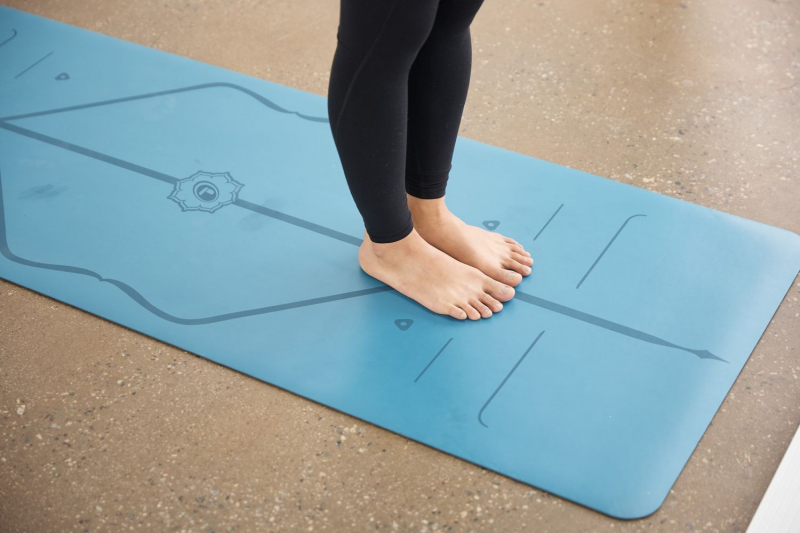
Photo: Verywell Fit 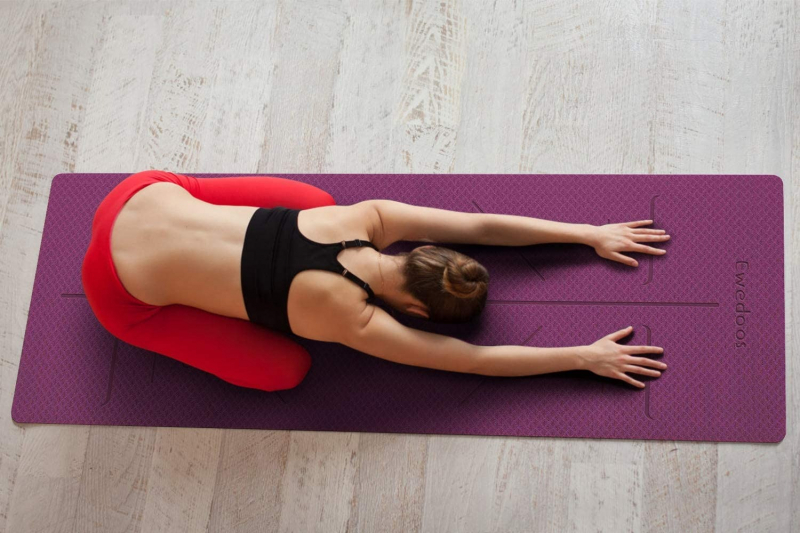
Photo: Bob Villa -
It will be tough to complete every position discussed in your class, especially at first, so it's important to modify your need and body. If you're having difficulty, your teacher can assist you to figure out how to make it easier for your body. To make the activity easier on your body, don't be afraid to utilize blocks, belts, or blankets.
To modify your need and body, it's recommended to use a yoga block. Beginners and those with injuries or other physical restrictions should use a yoga block, but more advanced practitioners can use props to safely master new demanding postures.
The most typical yoga block measurements are 4′′ x 6′′ x 9′′, although you can buy blocks in a variety of sizes. The size of your hands and level of flexibility will determine whether you need a larger or smaller block. If you have small hands and are prone to bending, a smaller block may be preferable. If you have larger hands and less flexibility, a larger block may be preferable. When you require a height between one and two blocks, half-sized or smaller blocks can be useful. A rectangular brick is the shape of the classic yoga block. You'll also come across blocks that aren't the conventional 4′′ x 6′′ x 9′′ size, as well as odd shapes. The most comfortable blocks for reclining positions and supporting your spine in back bending asanas are curved, rounded, or egg-shaped blocks.
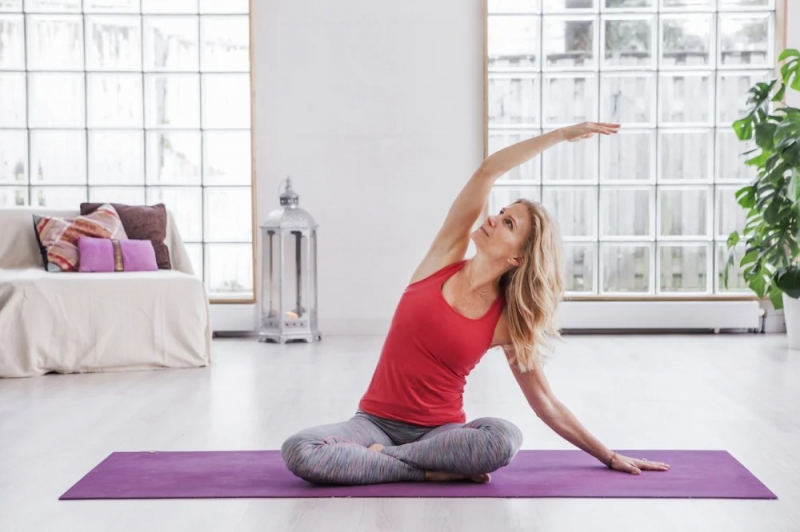
Ekhart Yoga 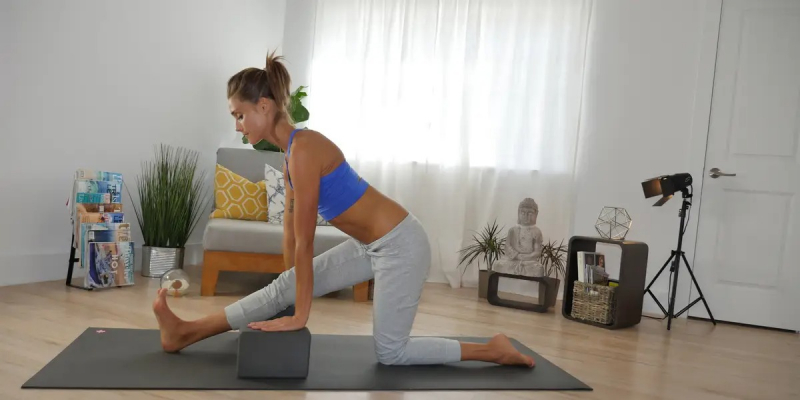
Photo: Insider -
Regardless of the type of yoga you practice, staying hydrated is one of the best tips for yoga beginners. While drinking while yoga is not suggested, there are various ways to stay hydrated during your practice. Start sipping a 16-ounce bottle of water about an hour before class, for example. To replace fluids, drink another 20 ounces once you've done your yoga class.
It's unlikely that you'll need to hydrate during your yoga practice if you start each day by drinking warm water and sipping it before (not after) meals and intermittently during the day. Slowly sipping eight ounces of water at least 30 minutes before a fast-paced yoga practice will help you stay hydrated. Avoid drinking water right before or during class if possible. In addition to making our physical bodies feel inflated, consuming large amounts of water before or during a practice interferes with our energy bodies
Take a moment to check in with your body if you do feel thirsty during doing strenuous yoga poses. If the sensation lingers after a few deep breaths, make drinking water a part of your practice; sip thoughtfully, and don't allow drinking to be a distraction to yourself or others.
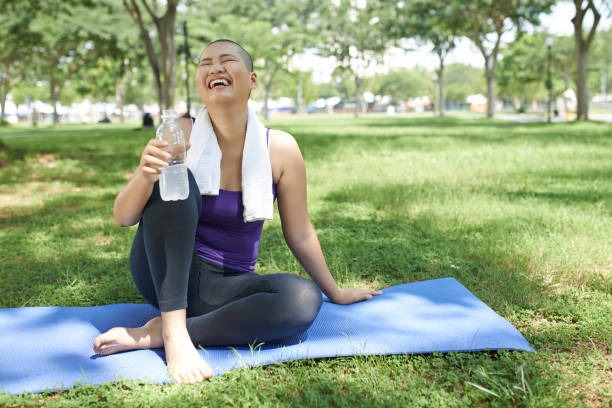
Photo: iStock 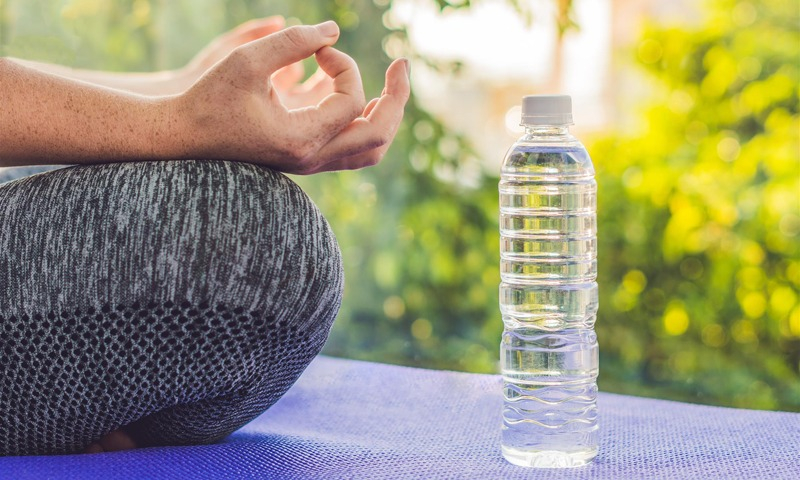
Photo: Ana Heart Blog -
In yoga sessions, the flow of your breath is crucial. You may enhance circulation and reduce stress while engaging your mind and body by breathing slowly and deeply during your daily routine. Yoga breathing reduces the risk of injury by allowing your body to relax while moving through various poses. Deep breathing also calms the body's physical stress reaction, which includes a racing heart, rapid breathing, and elevated blood pressure.
There are five golden rules of breathing that can be applied to all styles of yoga. First, inhale when opening the front of the body. It means you should backbend, raise your head, and raise your arms. The Cobra Pose is an excellent illustration of this combination. The head is elevated, the chest is extended, and the belly goes down as you peel off the floor in Cobra posture. Secondly, exhale while compressing the front of the body. Forward bending causes the front of the body to be compressed.
Next, do not move if the breath is suspended after inhaling. Inhalations have a maximum effect, but you can prolong it by holding your breath for a few seconds following. Yoga practitioners may employ this approach. In addition, don't forget to only move during breath suspension if it’s following an exhalation. And the most important rule is to breathe deeply and effortlessly. All movement should be guided by the breath.
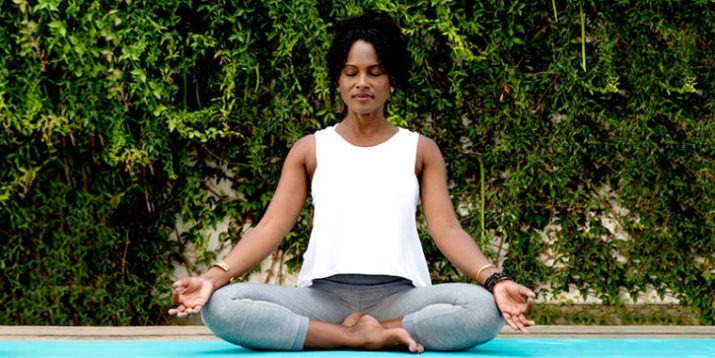
Beachbody on Demand Source: Ventuno Yoga -
Keep an eye on your eating habits, especially if you eat before your yoga practice. A quick snack can help you fuel up for your class if you're hungry. Many people choose to eat tiny amounts of nuts, fiber-rich fruits, or sports bars as a snack. Before your lesson, stay away from oily or garlicky foods. If you eat something 2-3 hours before class, you'll be uncomfortable in postures that put pressure on your stomach.
Eating wisely also means eating the right amount of food. Because everyone's bodies, metabolisms, and genetic composition vary, there is no one-size-fits-all amount of food or water. While you're eating, pay attention to how hungry or full you are. You want to fill yourself up to the point of contentment, but not to the point of discomfort. For yoga beginners, you can start eating wisely by following the below suggestions:
- Eat fresh fruits of many kinds, particularly those that are naturally sweet.
- Every day, drink 10 to 12 glasses of water. Half an hour before your meal, drink some water. Drinking one or two glasses of water first thing in the morning is beneficial to your health.
- Eat salad made up of all raw fresh veggies. Salads are made using fresh cucumber, tomato, carrots, beetroot, lettuce, broccoli, cauliflower, and other vegetables.
- Try herbal teas, lemon and/or lime water, molasses, maple syrup, natural, raw sugar
- Eat wheat, oats, and rice are examples of whole grains.
- Only use plant-based oils like olive oil, sunflower oil, and sesame oil were used.
- Cinnamon, cardamom, mint, basil, turmeric, ginger, cumin, and fennel are all sweet spices suggested.
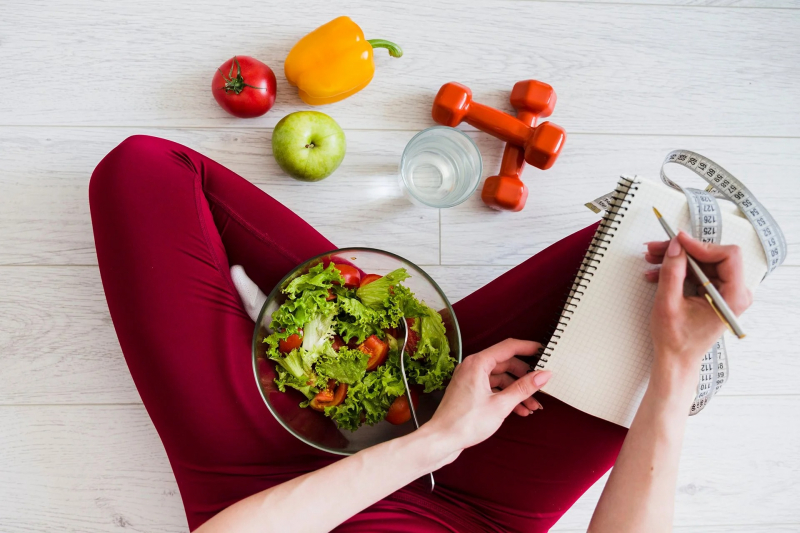
Photo: Yoga Helped Me 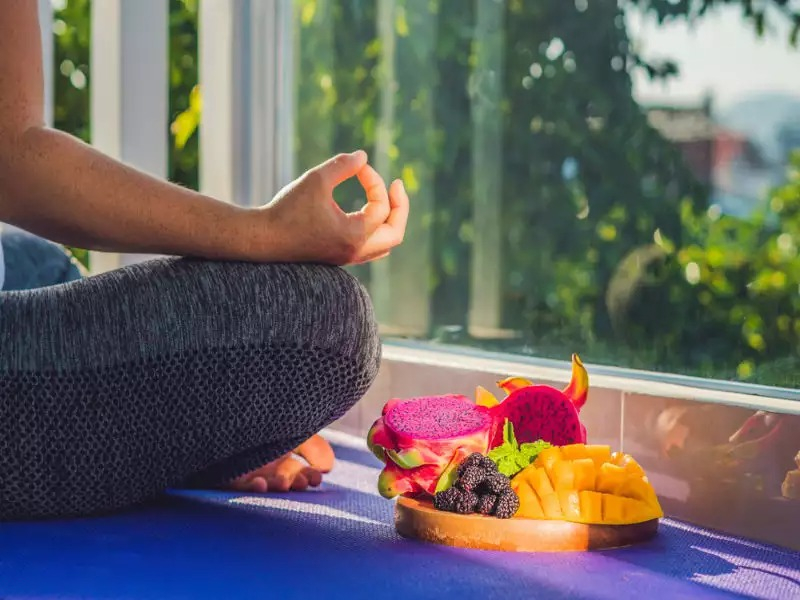
Photo: Times of India -
Maintaining a regular yoga practice will be more beneficial than lengthier ones if done frequently. Simply doing a few poses for 15-30 minutes a day can have a huge influence on your physical, emotional, and mental health. If you don't practice frequently, you won't be able to transform your practice, and your practice won't be able to transform your lives. The more you practice, the more we tap into our true selves' potential. A daily practice instills spiritual confidence as we move through the asanas and overcome mental, physical, and emotional barriers. There are numerous advantages to practicing yoga on a regular basis. It assists us in remaining grounded, centered, balanced, flexible, strong, calm, clear-headed, focused, relaxed, joyful, healthy, and stress-free.
To maintain a regular yoga practice, there are some tips for you. First, commit to doing a short yoga program every day. Examine your daily schedule to determine the best time for self-care. Secondly, start by doing some simple poses, such as five minutes of sun salutations, and end with a few minutes of meditation. Beginners should not spend long hours sitting on their mat. Finally, choose an appropriate level. Make sure the yoga courses you sign up for are the right length and intensity for your skill level and commitment.
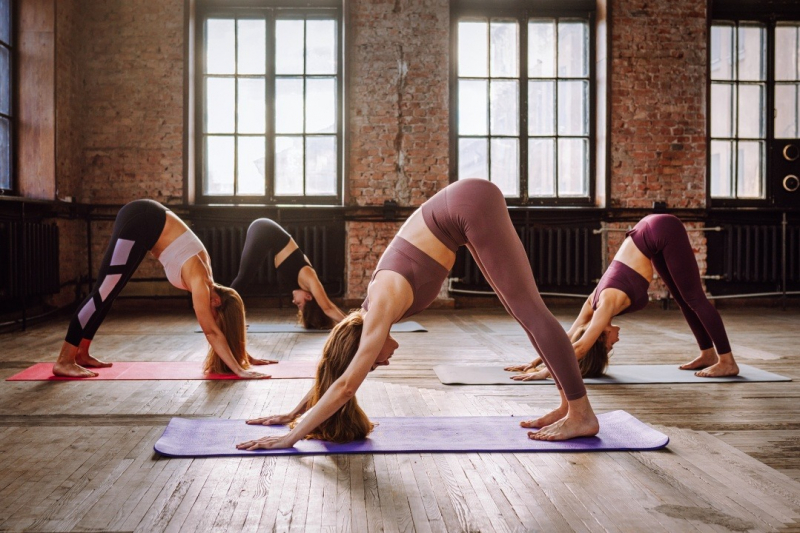
Photo: Yoga basics 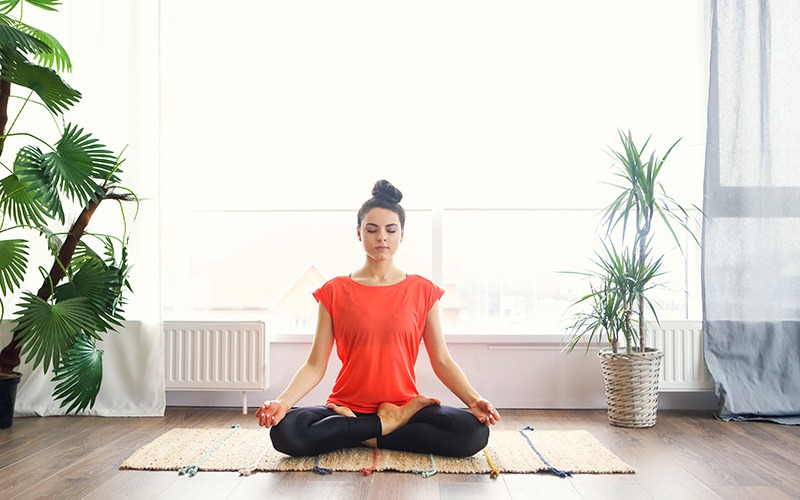
Photo: Food spring

















